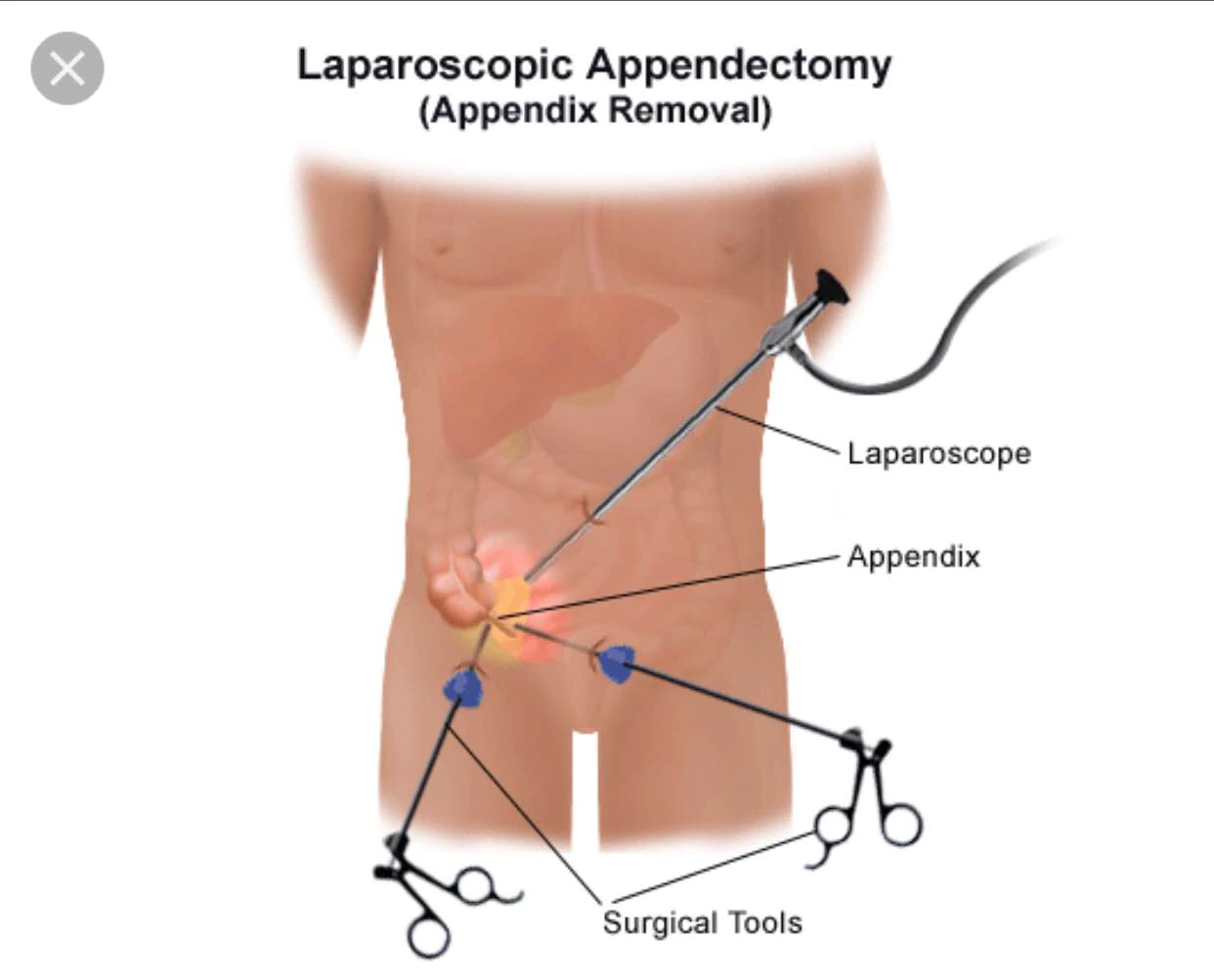Laparoscopic Splenectomy
Laparoscopic splenectomy is a minimally invasive surgical procedure used to remove the spleen. This overview encompasses the various aspects of the procedure, including preoperative preparation, the surgical process, postoperative care, potential risks, benefits, alternatives, and follow-up care. It is crucial to note that the decision to undergo a laparoscopic splenectomy and the specific treatment plan are determined based on the individual’s medical condition, overall health, and discussions with healthcare professionals.
Preoperative Preparation:
Before a laparoscopic splenectomy, patients undergo a comprehensive evaluation, which may include imaging studies, blood tests, and a general health assessment. The healthcare team may also provide guidance on preoperative medication management and dietary restrictions to prepare for the surgery.
The Procedure:
During a laparoscopic splenectomy, the patient is under general anesthesia, and small incisions are made in the abdomen. A laparoscope, a thin, lighted tube with a camera, and specialized surgical instruments are inserted through these incisions. The surgeon then carefully removes the spleen while minimizing damage to surrounding tissues.
Postoperative care:
After the laparoscopic splenectomy, patients are closely monitored in a postoperative recovery area. Pain management, wound care, and medication administration are essential components of postoperative care. The healthcare team provides guidance on physical activity, diet, and other aspects of recovery, and they will monitor the patient’s progress before discharge.
Benefits:
Laparoscopic appendectomy offers several advantages over traditional open appendectomy, including smaller incisions, less postoperative pain, faster recovery, shorter hospital stays, and reduced risk of complications. It may also lead to improved cosmetic outcomes with smaller scars.
Risks, Benefits, and Alternatives:
The overview should outline the potential risks associated with laparoscopic splenectomy, such as bleeding, infection, and injury to surrounding organs, while also highlighting the benefits of the minimally invasive approach, such as reduced pain, shorter hospital stay, and faster recovery. Moreover, it is important to discuss alternative treatment options, potential complications of retaining the spleen, such as a risk of rupture, and the impact of the procedure on immune function.
Follow-up:
After a laparoscopic splenectomy, patients typically require regular follow-up appointments with their healthcare provider to monitor their recovery, address any concerns, and assess immune function. The healthcare team may provide guidance on vaccinations and antibiotics to reduce the risk of infections. Periodic imaging studies and blood tests may be conducted to ensure the patient’s ongoing health and well-being.
It is important to emphasize that the overview of laparoscopic splenectomy treatment should be tailored to address the specific indications for the procedure and the individual’s unique circumstances. Patients are encouraged to actively engage with their healthcare team, ask questions, and seek the information necessary to make informed decisions about their care.

